Chapter 1 – Topic
unimaginable future with algorithmic processes
will algorithmic workflows be the language of designers and can they replace the classical sketch by hand?
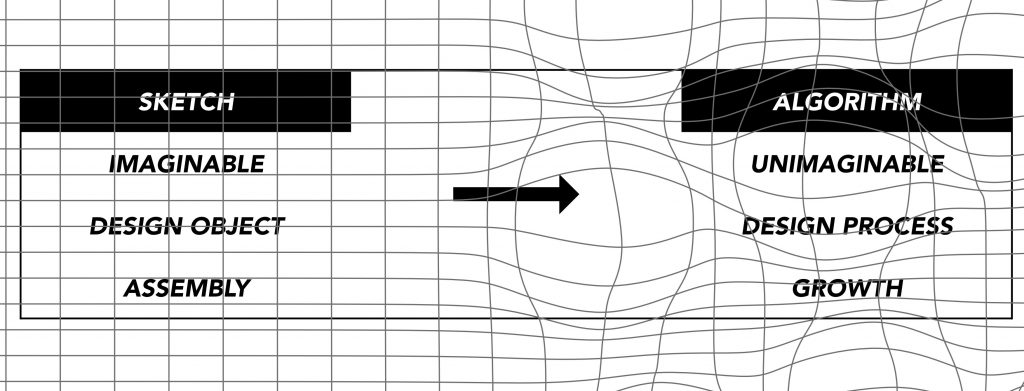
introduction
The classical sketch or drawing is the language of designers. Whether it’s architecture, fashion design, or product design, sketches allow thoughts to be visually expressed. However, working with hand sketches also imposes certain limitations, as it must correspond to the human imagination to be put on paper. With the ever-increasing digitization of today’s society, new possibilities arise in terms of design and manufacturing. In a digital world like this, programming is a significant component. Various design programs also offer tools to visually program and create designs through algorithms. For example, Rhino-Grasshopper, which was also used for this work. With the help of algorithms, unimaginable shapes and structures can be created and realized through digital manufacturing. In this process, designing the process plays a more significant role than designing the object itself. Designing with algorithms could thus be considered a new way of thinking in the future, as it allows thinking beyond imagination and designing the unimaginable.
SKETCH >>> ALGORITHM
In the manufacturing of design and architecture, the assembly of various components has been the essential means of building or manufacturing something to date. Through digital manufacturing techniques such as 3D printing, it is now possible to bring even more unimaginable objects into reality and thus move increasingly towards growth from traditional assembly.
In terms of growth and complex structures, nature is a great model. The incredible perfection and complexity are evident. In architecture, nature has served as an inspiration in the past. Over time, architecture has become increasingly simple and minimalist. While objects often appear in their simplicity, they often lack something characteristic that gives the building an identity. Complexity and details can often give an object its proper identity. Is the shift towards minimalism a question of money or laziness? With algorithmic design processes and digital manufacturing, there could be no more restrictions in the future to develop organic shapes or bring back more complex details.
Algorithmic design processes and digital manufacturing offer unimaginable potential to create a more complex and unimaginable future. However, much is still unexplored or untouched. In this work, I will demonstrate the possibilities of algorithmic design processes using selected processes. The second chapter deals with some studies from my process. Selected algorithmic processes are demonstrated through exemplary experiments. Following this, a few selected methods will be explored through concrete designs in the fields of fashion design, furniture design, and architecture. With this, I will answer the question of whether and to what extent these algorithmic processes can replace the hand sketch and become the future language of designers and architects.
Chapter 2 – process studies
In this section, several algorithmically generated experiments are presented and explained to approach the topic of procedural design techniques. Using the resulting studies, an overview of the possibilities of algorithmic generation through Grasshopper is provided. The examples can be divided into three categories: Transformation, Loops, and the division of surfaces/volumes (structures). These studies initially demonstrate the principles using simple forms or surfaces. Subsequently, in the third part of the project, some design processes are further explored in detail.
Transformation
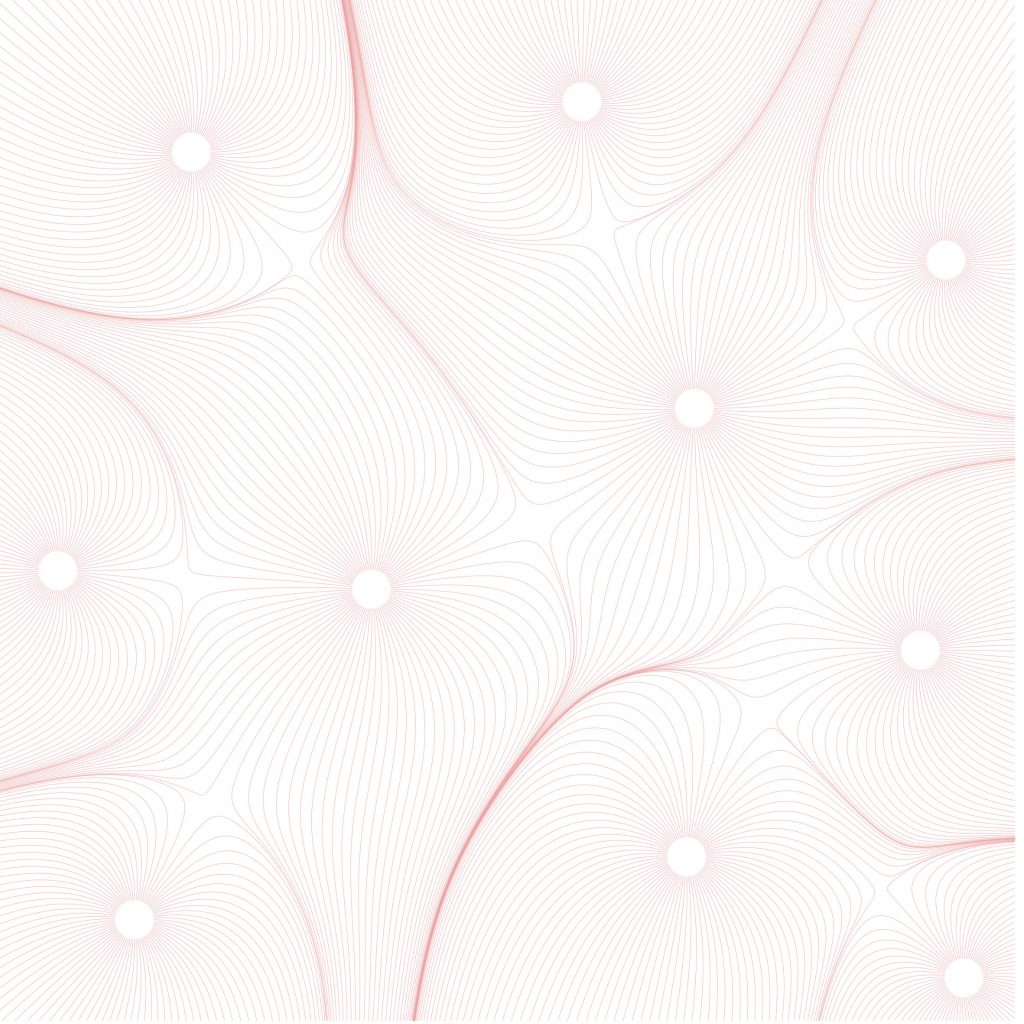
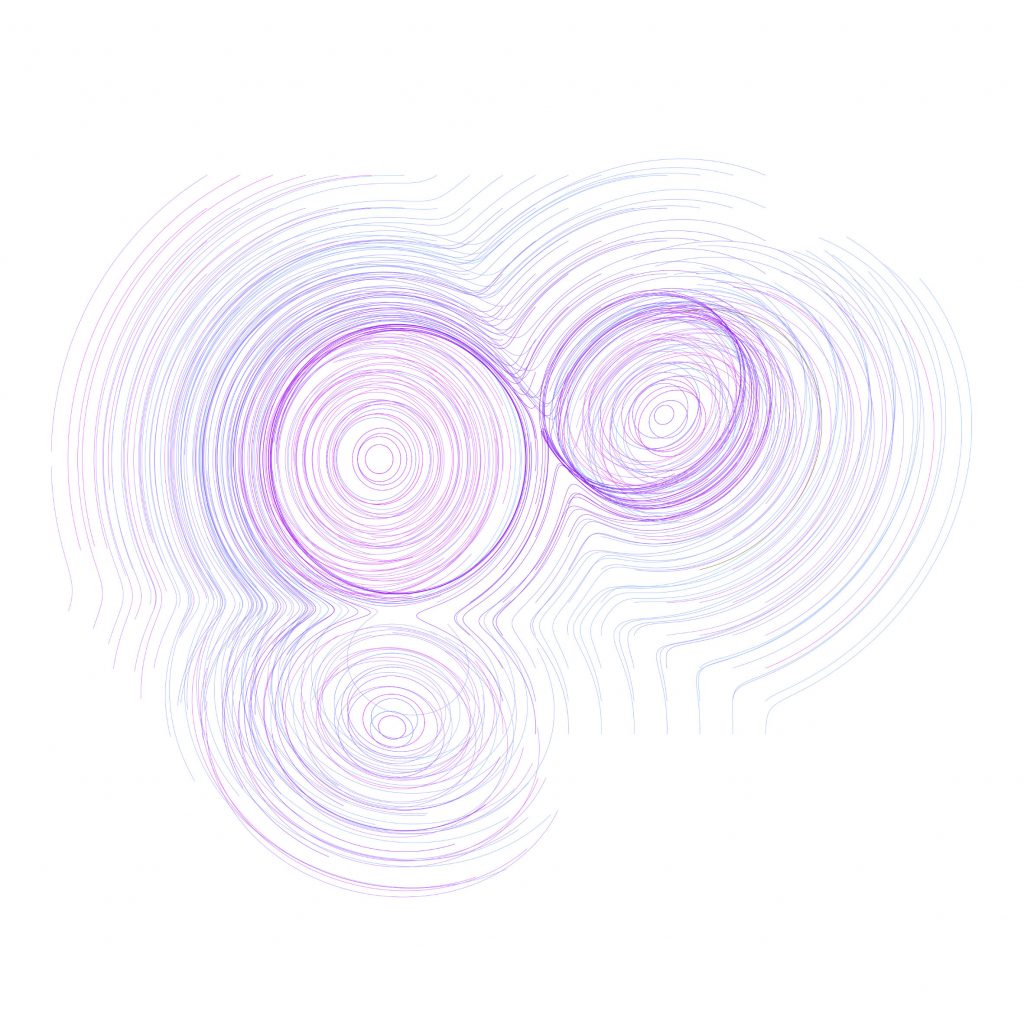
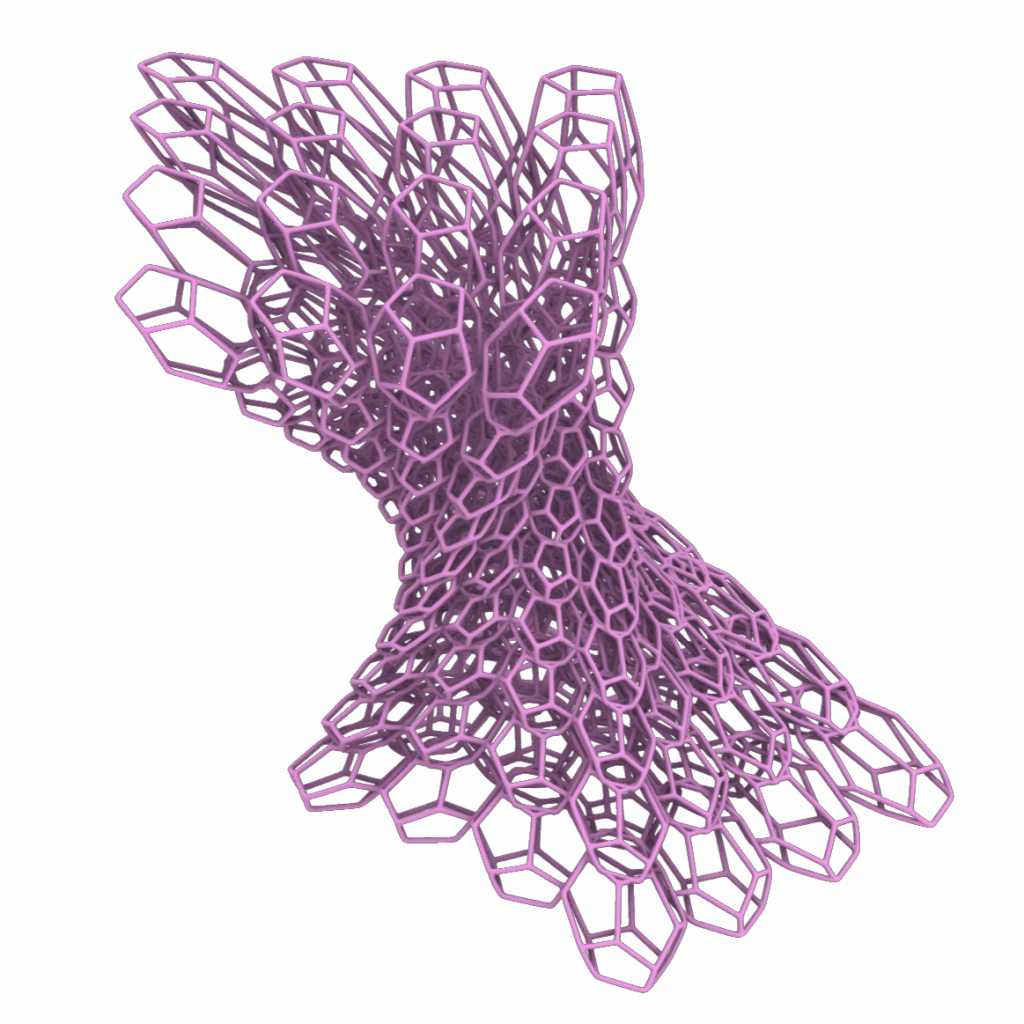
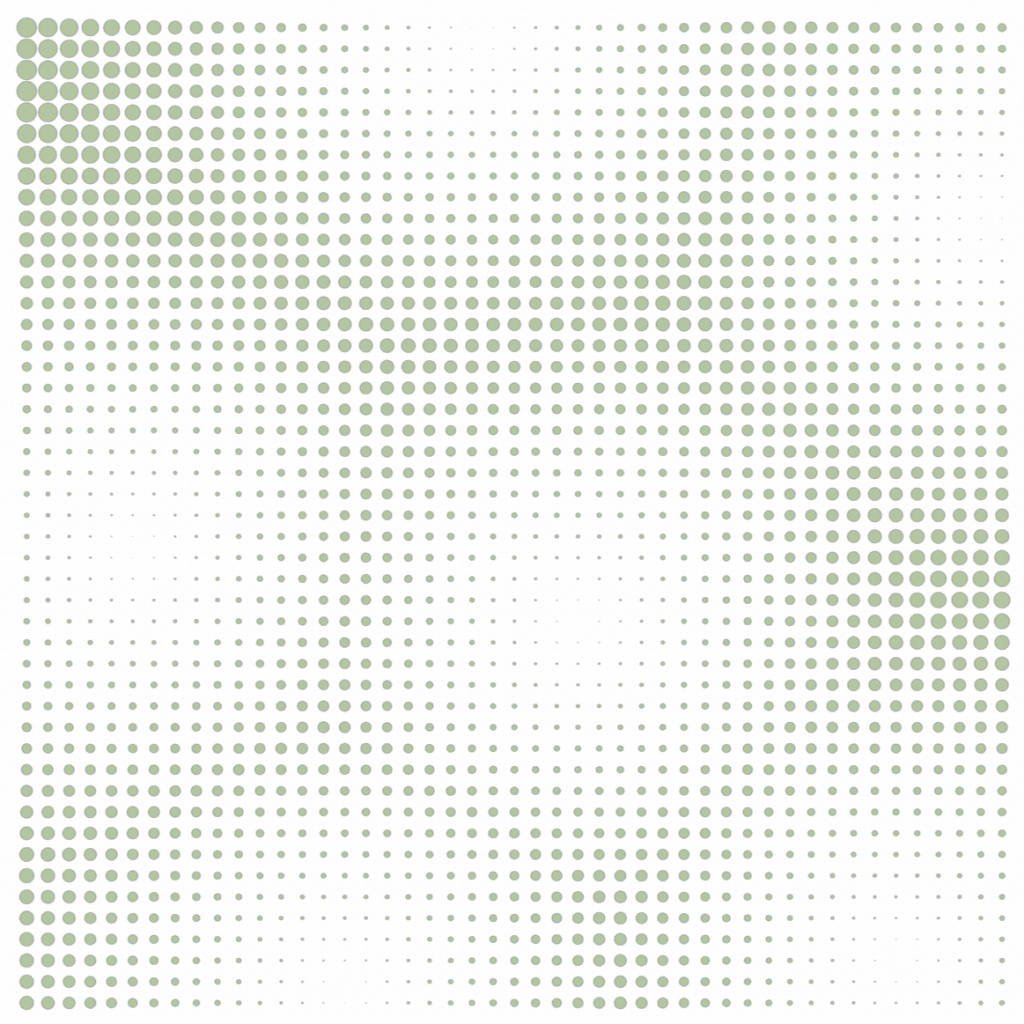
Loops
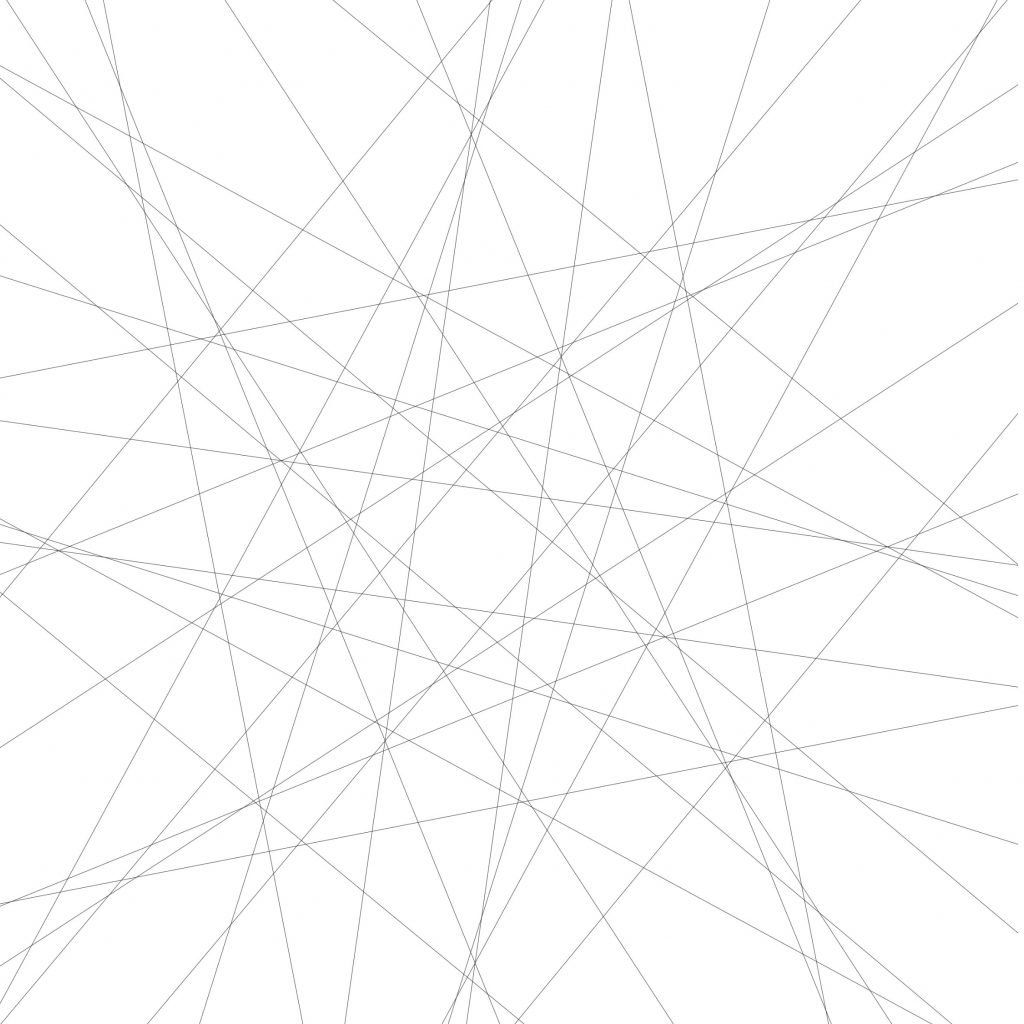
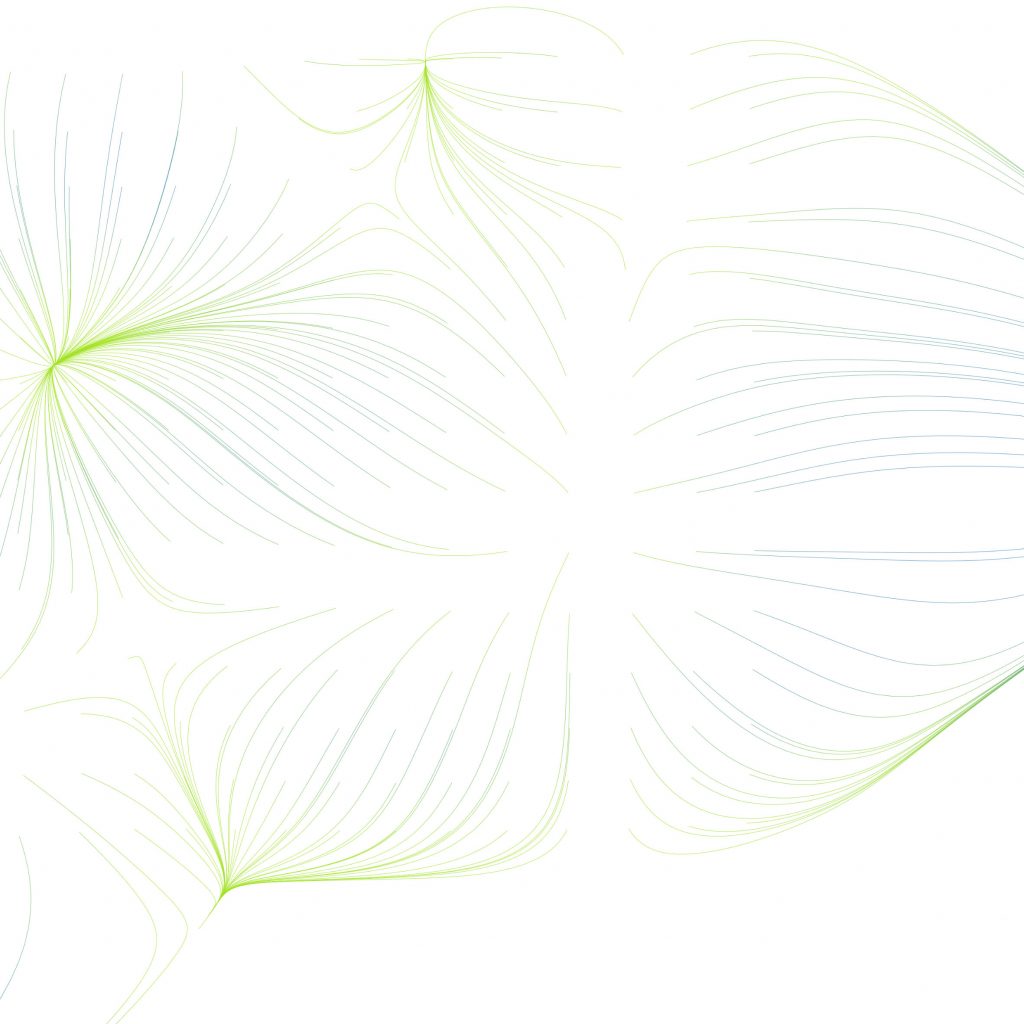
Redistribution
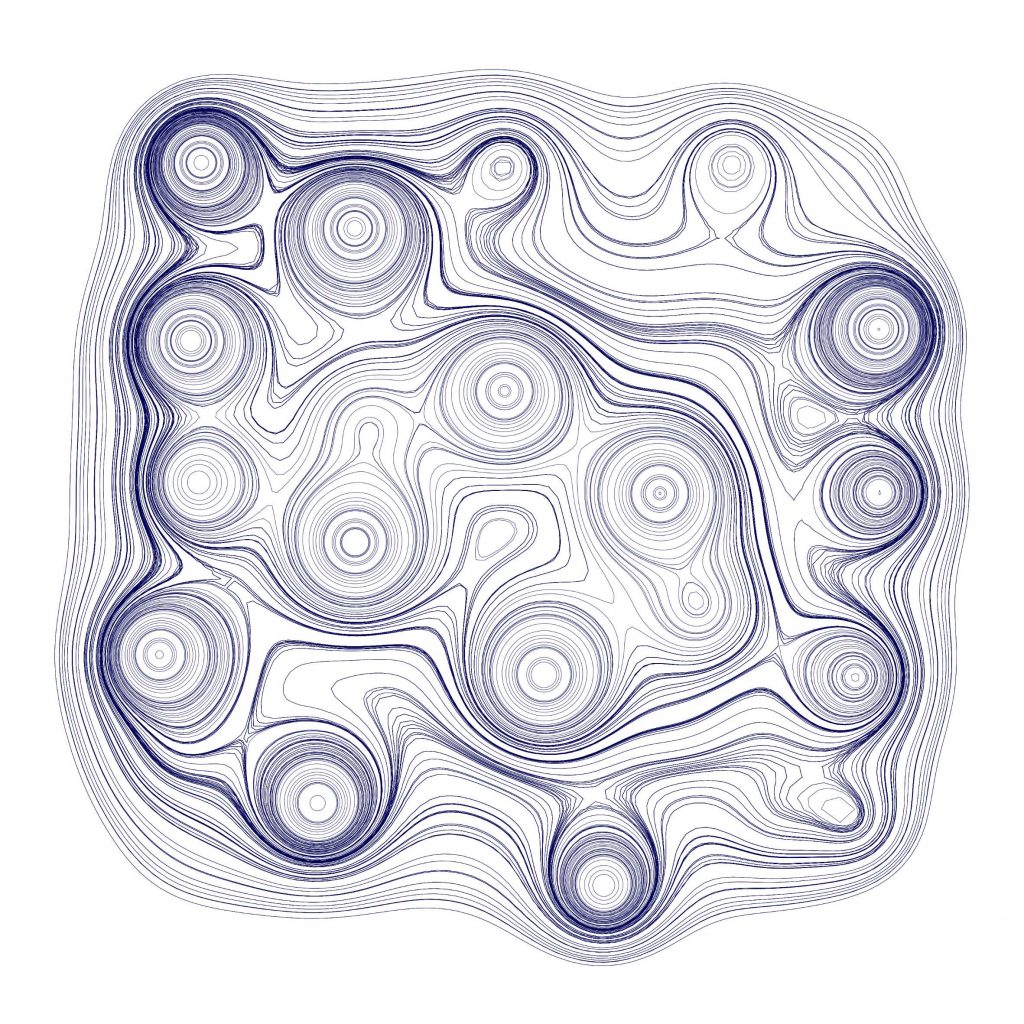
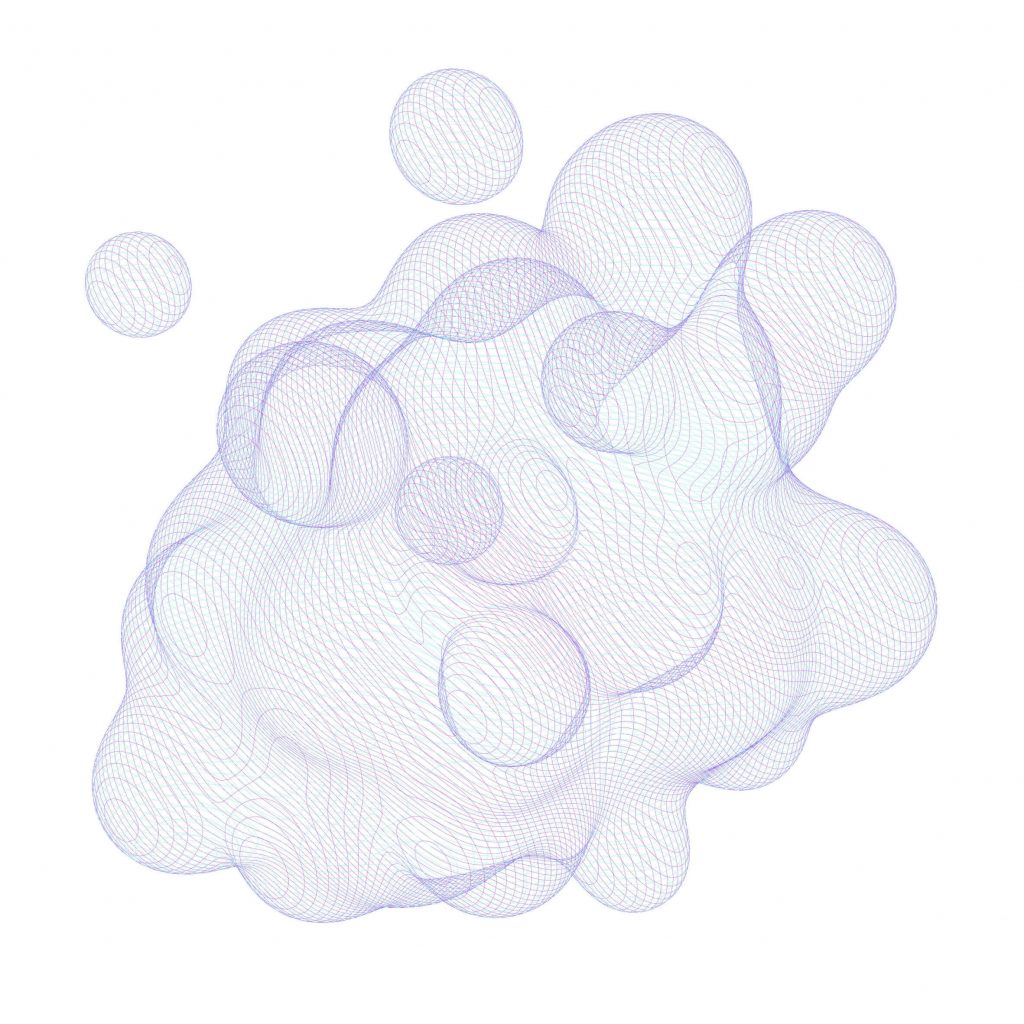
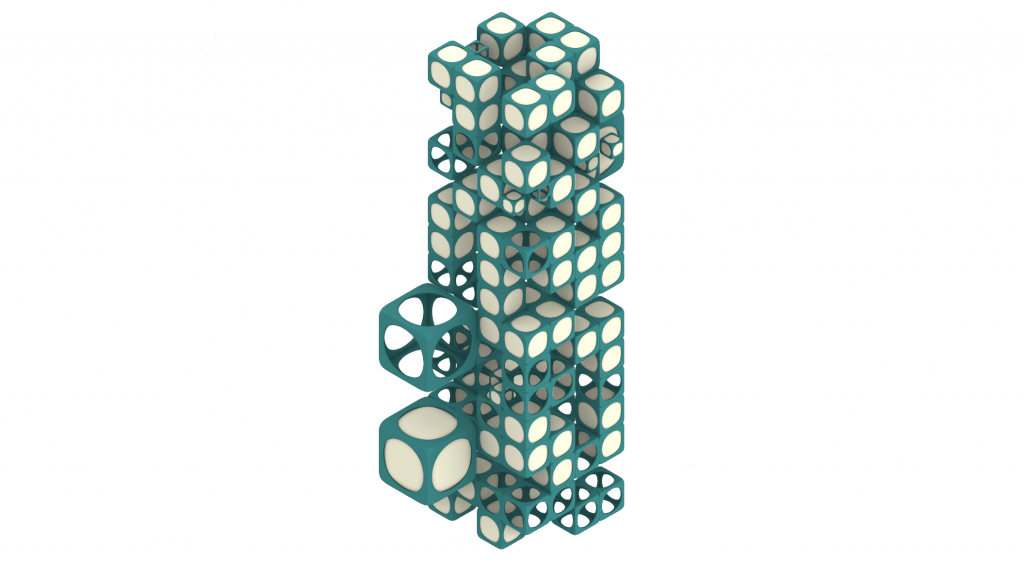
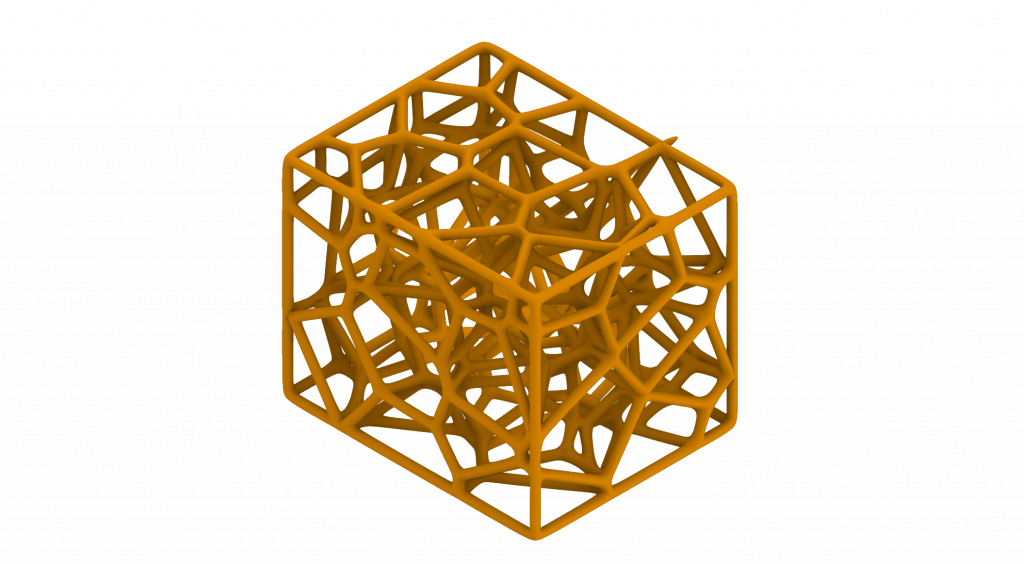
Chapter 3 – design
In the third section, individual selected processes from the second chapter are further explored and developed through specific designs. The designs have been divided into three different scales and design areas. The largest scale deals with an element of architecture. Next is the scale of furniture. Finally, the smallest scale focuses on designs from fashion design and jewelry design.
Architectural elements – column
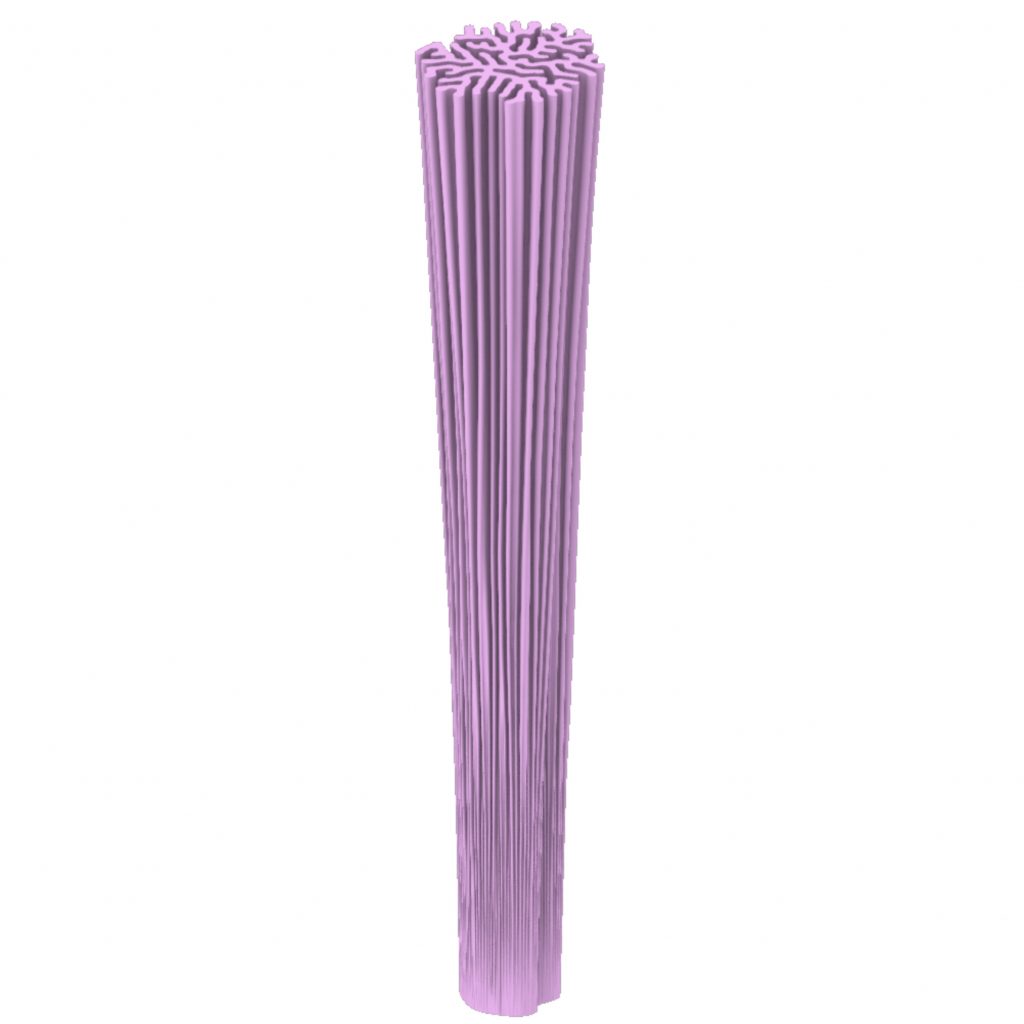
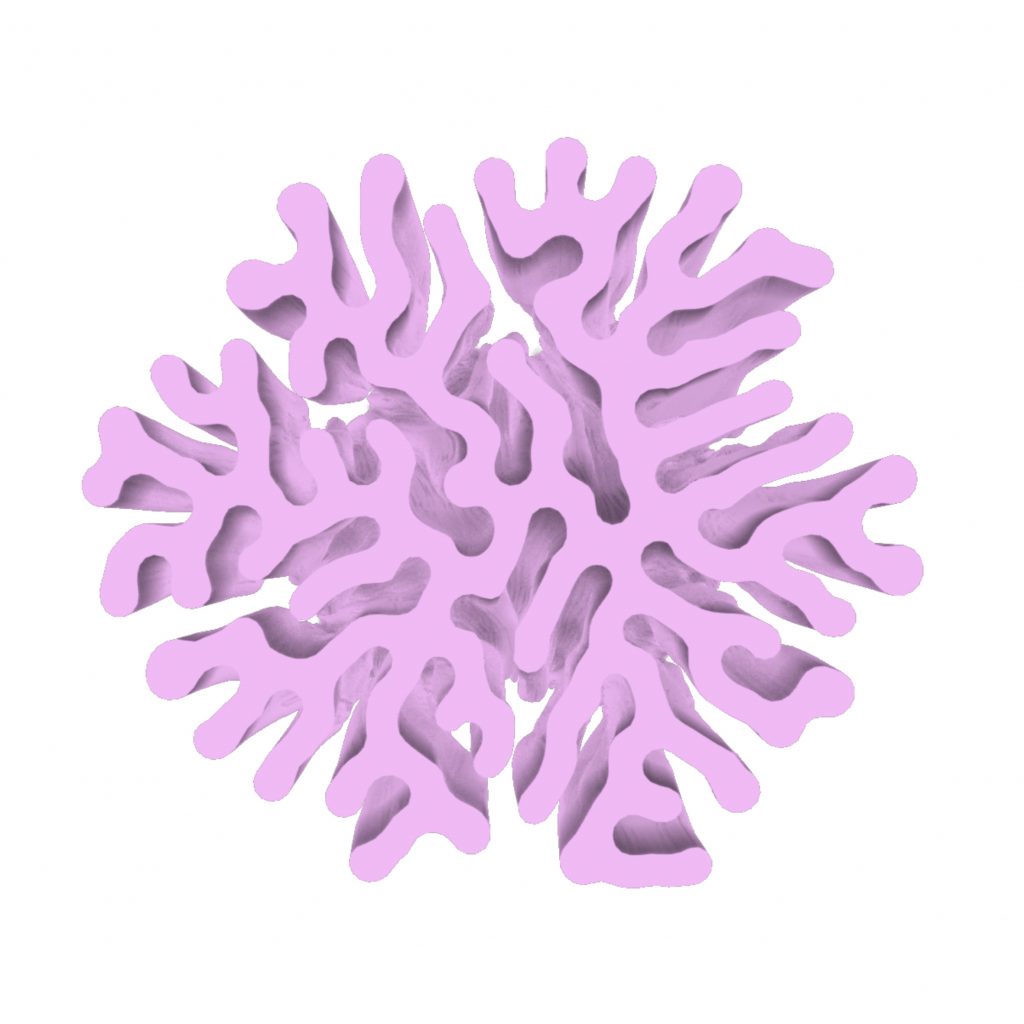
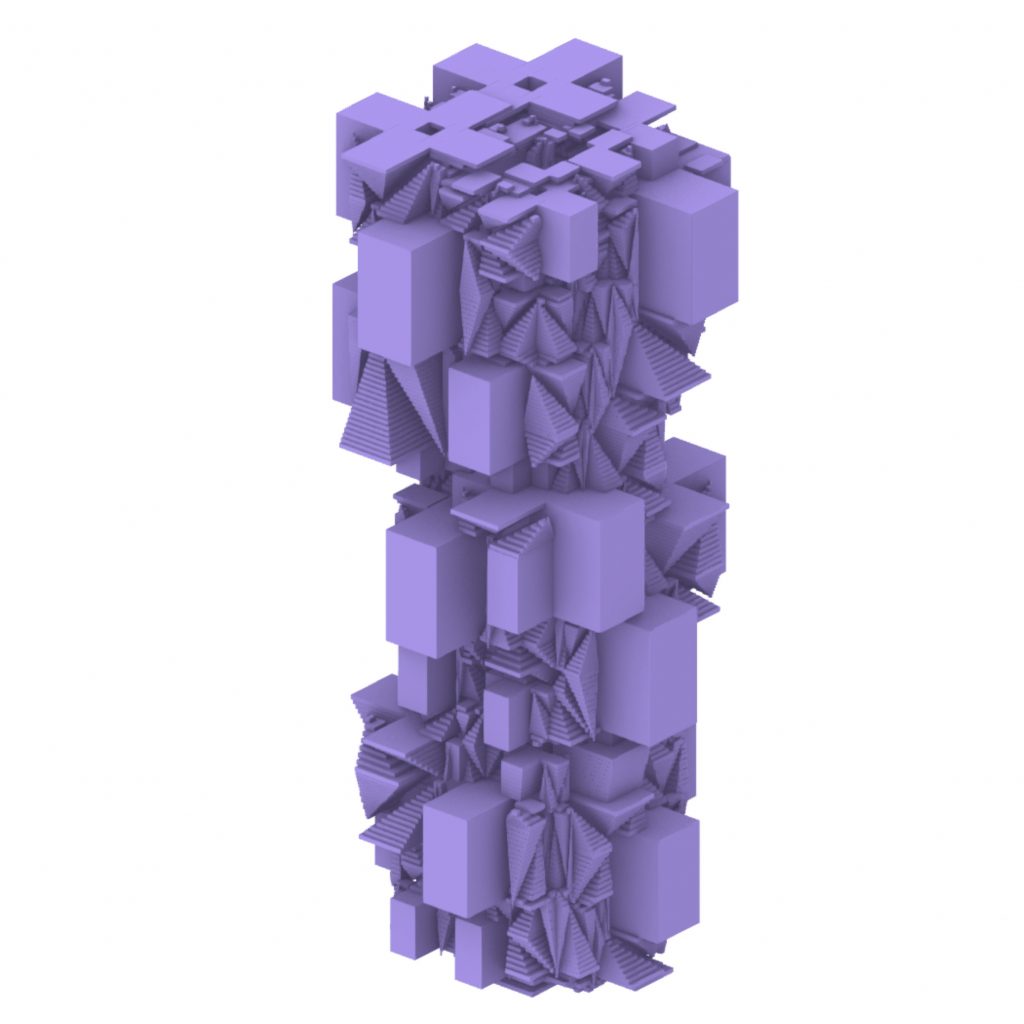
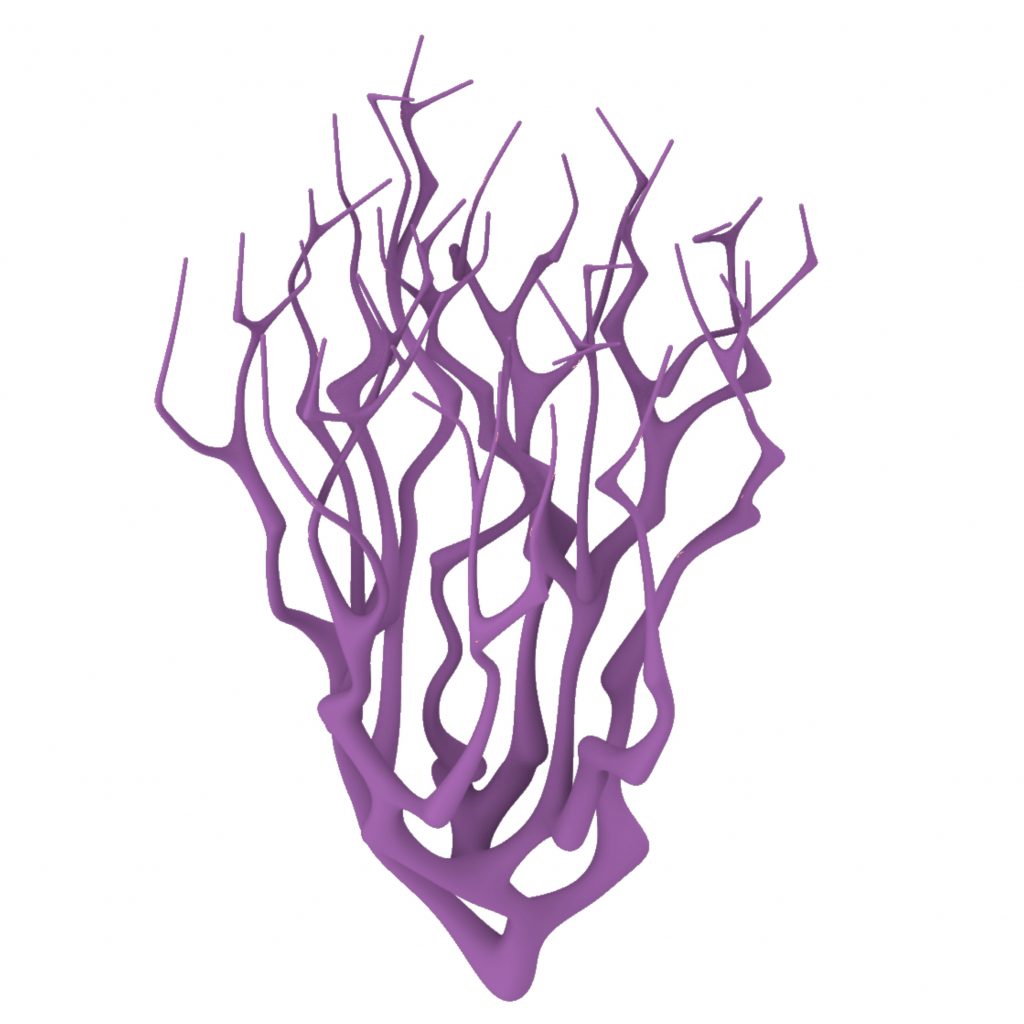
Furniture design – chairs
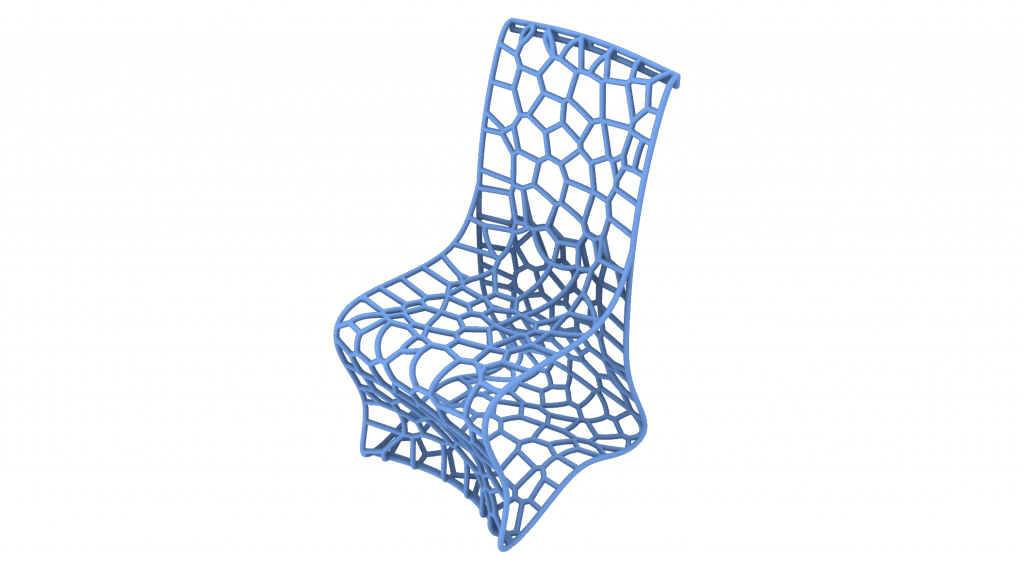
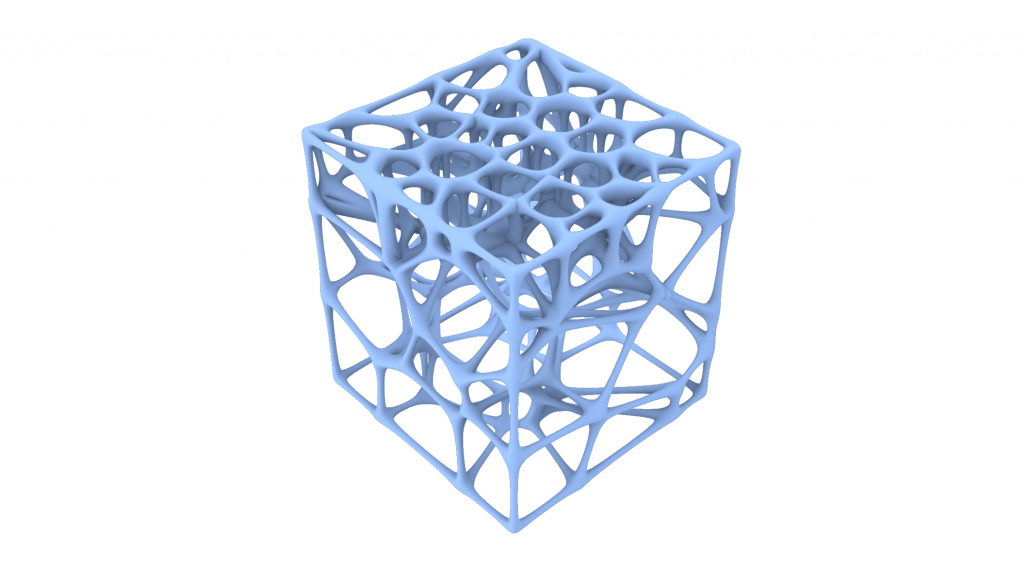
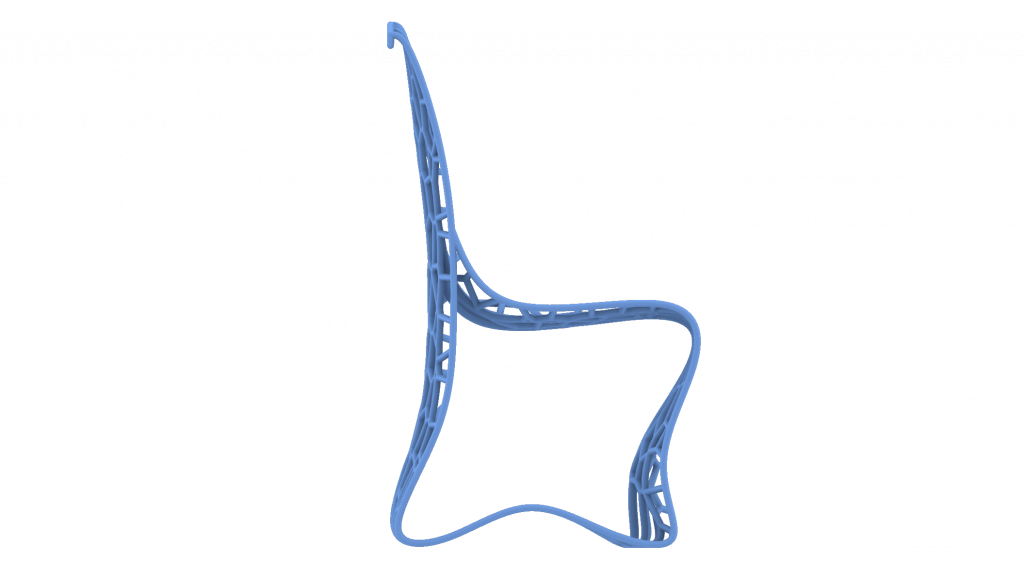
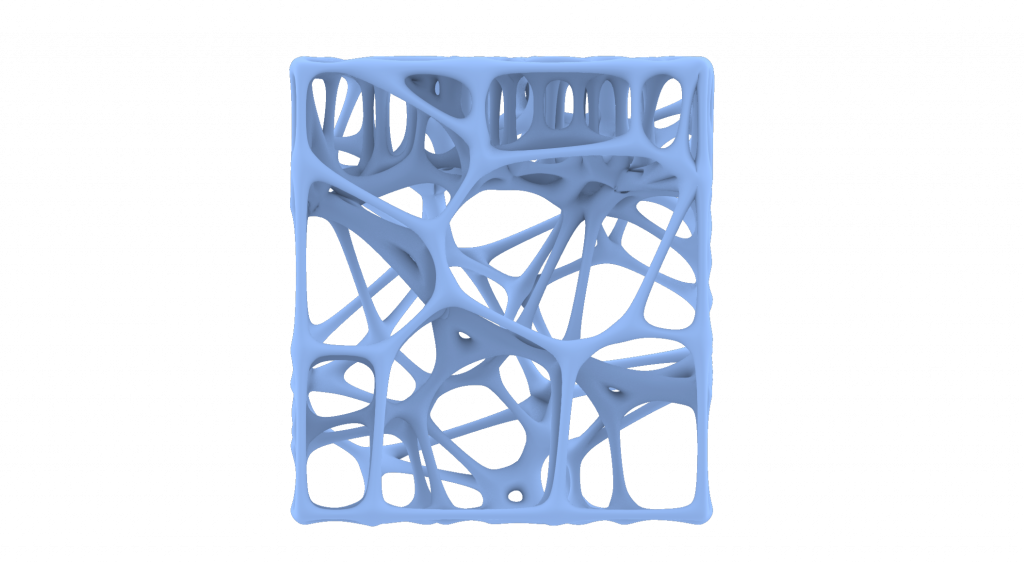
Fashion design
2D structures on fabrics
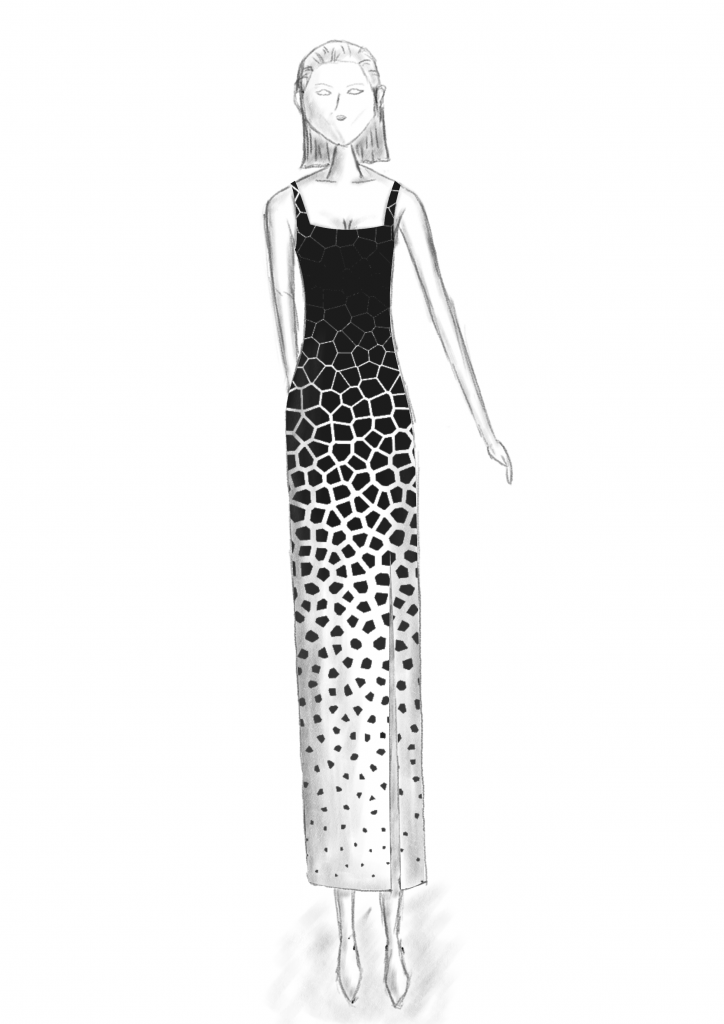
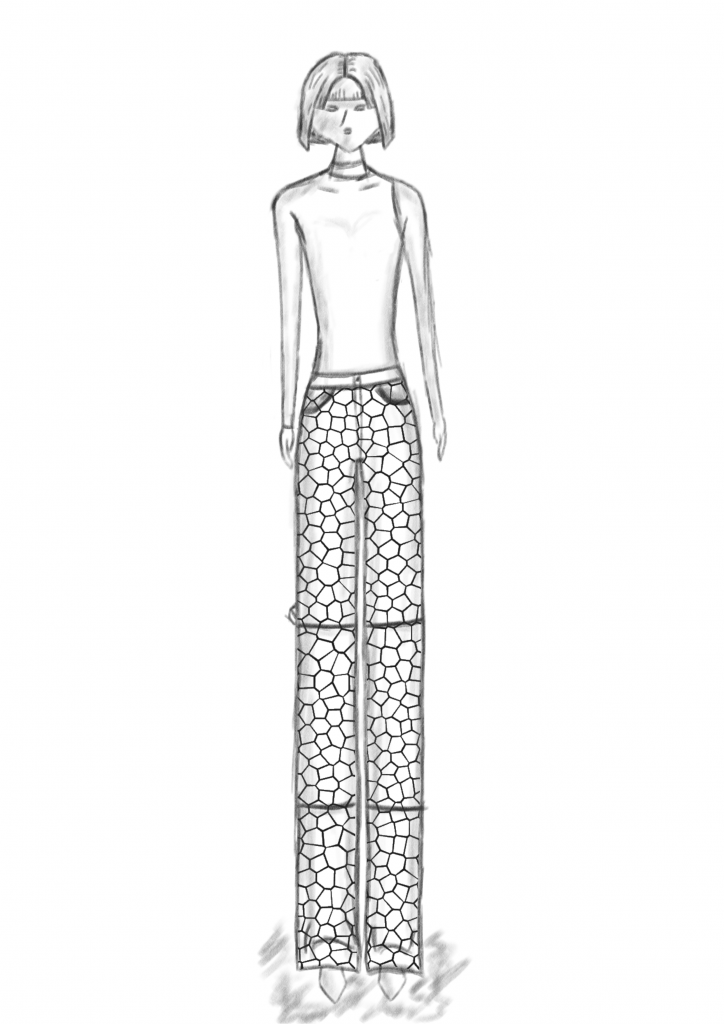
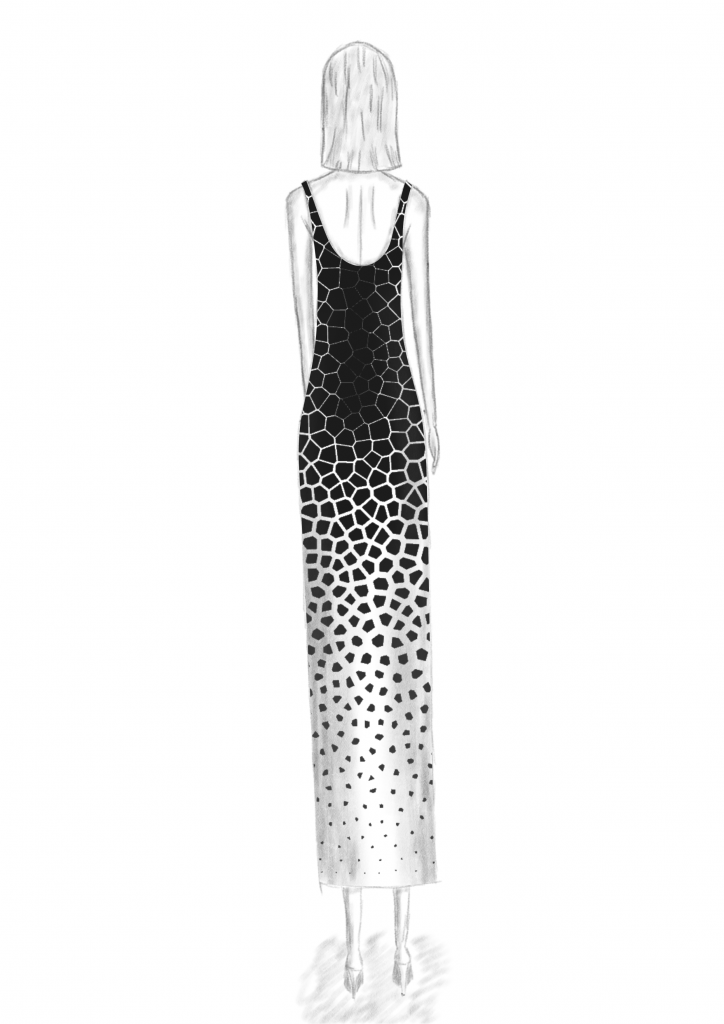
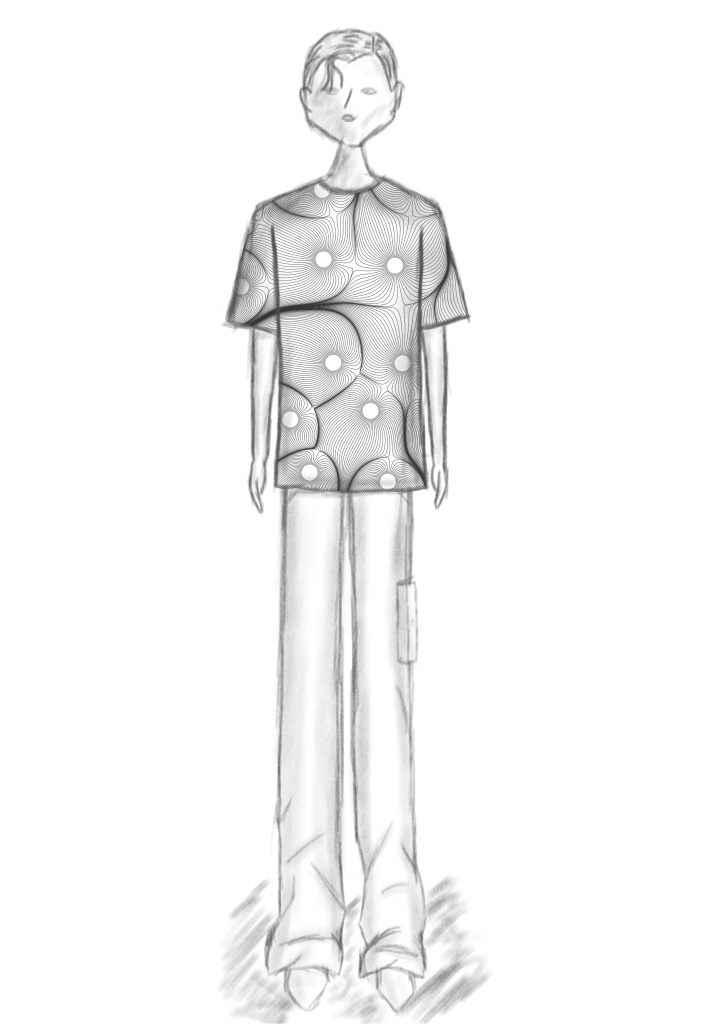
3D accessoires
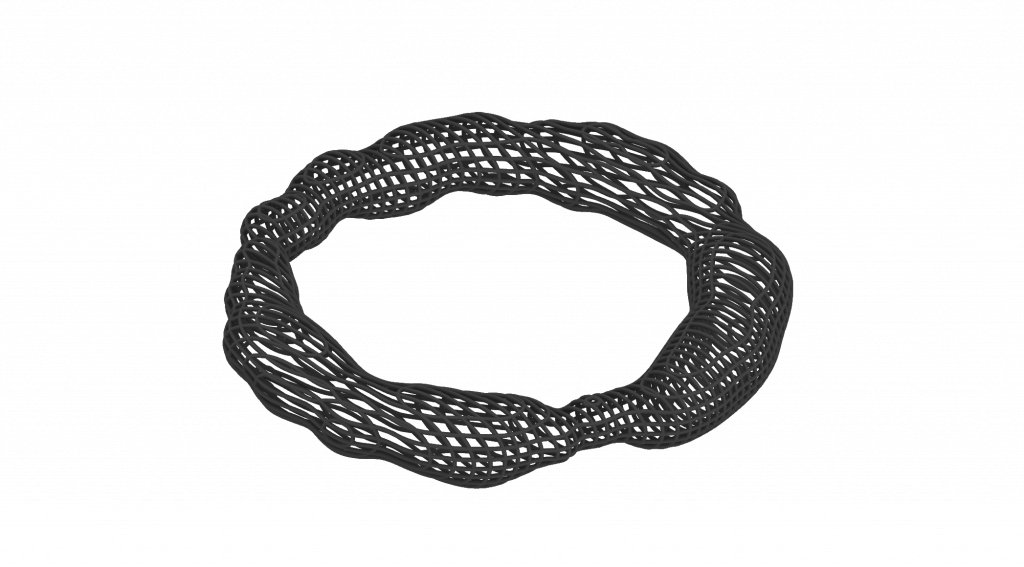
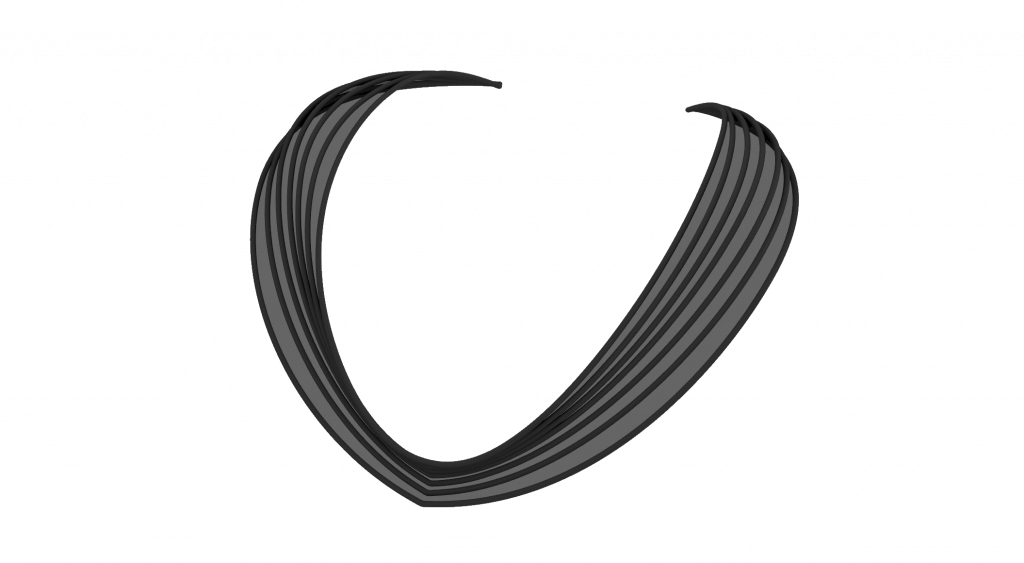
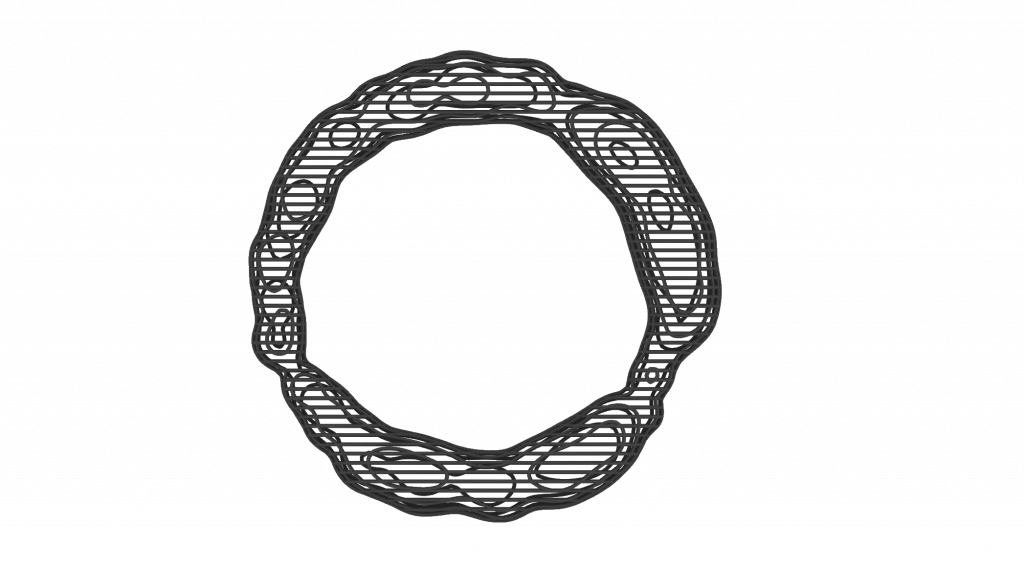
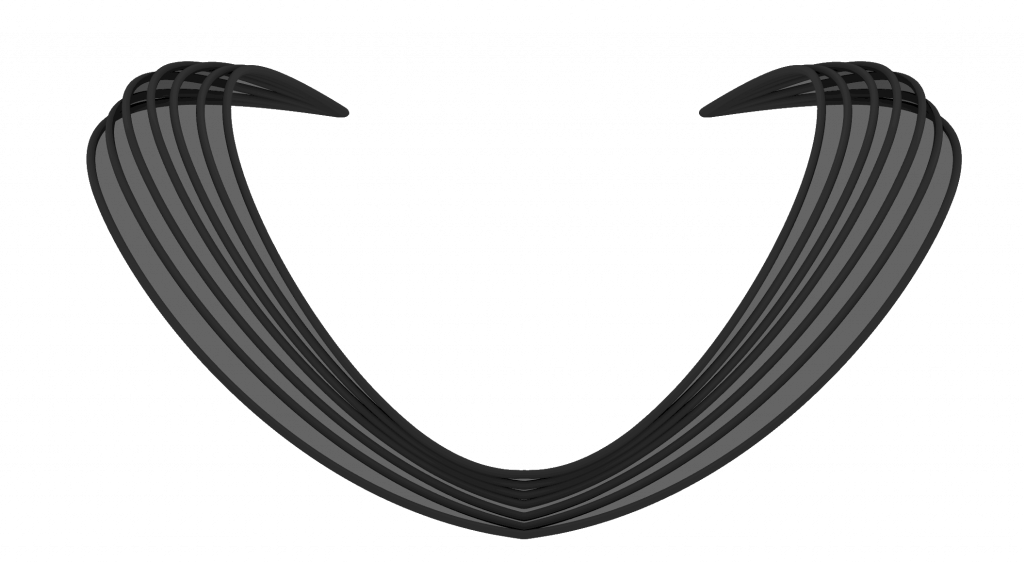
Chapter 4 – conclusion
„The studies and designs in this work showcase a comprehensive selection of the countless possibilities offered by algorithmic processes. In the third chapter of the designs, the application to specific objects from the fields of architecture, product design, and fashion design is also examined. These are just some examples of application; of course, the spectrum of possibilities is much larger. Working with algorithmic processes opens up countless new possibilities for designers, not only in terms of designing but also in production. With algorithmic processes, very complex and unimaginable forms can be created/produced. Therefore, it is also a powerful tool for the process of finding shapes, patterns, etc. Because things can be generated that one could not come up with while sketching. Thus, algorithms can also be used very effectively and purposefully.
A designer’s design, whether an architect, fashion designer, or product designer, is also always related to the character of the individual. Where does this person come from, what lifestyle, interests, preferences, and influences does this person have? All of these factors play an important role in shaping and designing. This gives the design, or the draft, its character and charm. If the design is too generic, it often lacks that certain something and character. Thus, the person behind every design plays a crucial role. This becomes visible, for example, in this work. It is a kind of diary, a process of my thoughts in connection with algorithmic processes. Another person would have focused on different structures and objects, and completely different studies, designs, and conclusions would have resulted.
So, to answer the question, I think that the hand sketch is still one of the most important tools for a designer to sketch and collect their basic thoughts. Because the hand sketch is usually the first step in the design process. Despite working with algorithms, one must still gather and record their thoughts. This is also to know more purposefully in which direction to go and where one wants to go. However, the hand sketch does not have to have many details. On the contrary, there should still be room left to further develop the idea.
Subsequently, working and developing the idea further through algorithmic processes is a forward-looking and very effective means. As mentioned earlier, versatile variants can now be created in a short time, for example, or the idea can be driven forward even more complex and unimaginable. Even after further concretization of the design, it is much easier to make changes. Subsequently, ideally, the object can be digitally manufactured without any problems, allowing complex designs to be implemented that would not be possible with conventional assembly. Thus, the process becomes more and more connected. However, since designing with algorithmic processes usually involves being in the graph, i.e., the creation of the process, one should be careful not to get too lost in the process and bring the focus back to the actual object/visual. So, it must be a interplay between hand sketch and algorithmic work.
Finally, I can say that algorithmic processes can be a very important and effective tool for designers from every field in the future. It simplifies the workflow and connects all sections. Additionally, it is now possible to create unimaginable and complex things. However, as a designer, one should still first organize and develop their thoughts and ideas through the sketch to then be able to further develop and refine them with algorithmic processes. Thus, designs can be created that combine the character of the designer with the advancements of the time.“